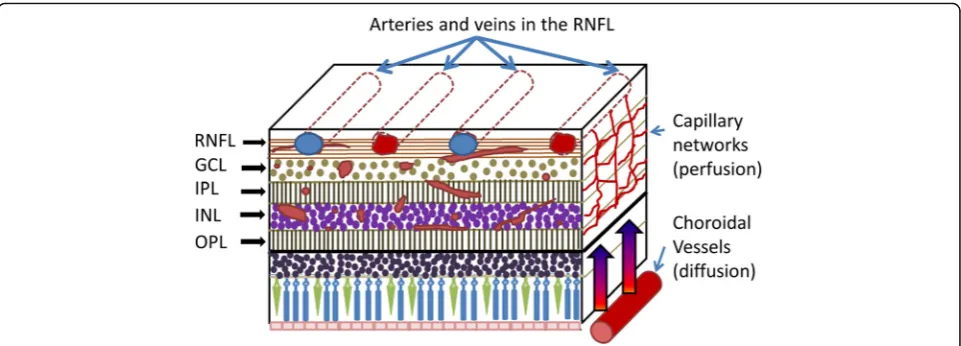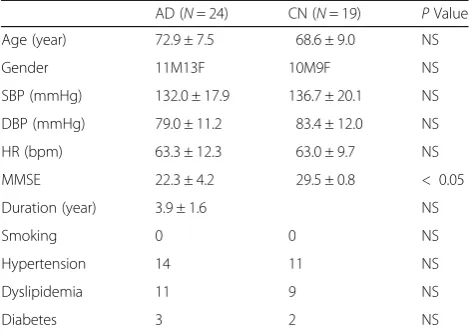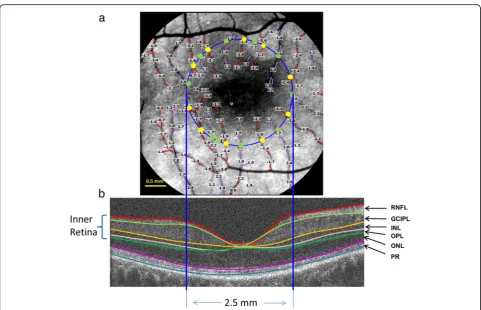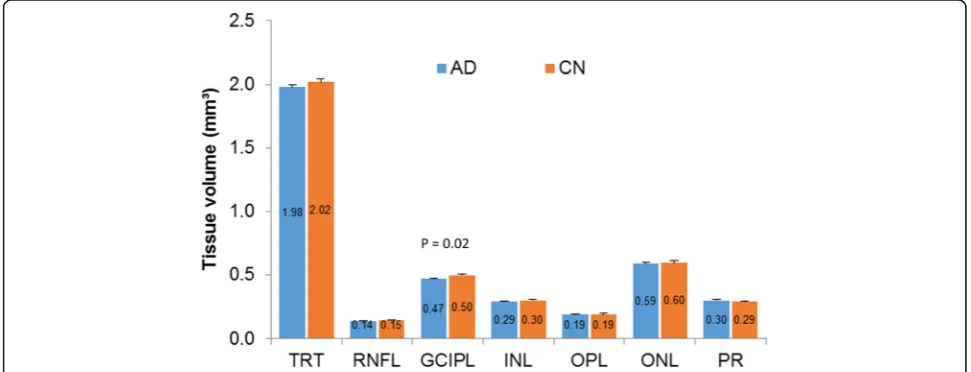Retinal tissue hypoperfusion in patients with clinical Alzheimer’s disease
Full text
Figure




Related documents
Roderick Buchanan, Claire Barclay, Hanneline Visnes, Toby Paterson, Martin Boyce, Simon Starling, Richard Wright, Lucy Skaer, Victoria Morton, Ilana Halperin, Chad McCail,
(a) Average cross-correlation coefficients over the whole troposphere (the cross-correlation is calculated for those profiles containing at least 20 measurement points;
The potential use of inexpensive and available water treatment dry sludge as sorbent material for the removal of acidity, water content and some impurities from
people who are undocumented; (2) implementing mandatory training for law enforcement officers, lawyers, and social service practitioners to identify and serve this
It is important to determine the root, prevalence, and consequences of work-related stress in physicians and residents. Sources of stress among residents can be categorized
Our project named intelligent bus tracking system can provide individual vehicle data such as location and velocity by using GPS , estimated time of arrival, the speed
She received her B.Sc in mathematics from Lorestan Uni- versity in 2006 and she received her M.Sc from Lorestan University in 2008 in mathematical analysis and her PhD received
Importance high IgG anti- Toxoplasma gondii titers and PCR detection of T.gondii in peripheral blood samples for the diagnosis of AIDS-related cerebral toxoplas- mosis: a
